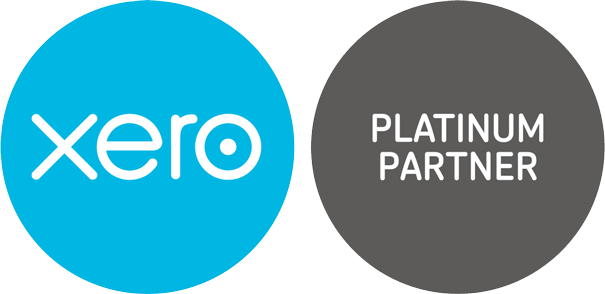News
Income tax thresholds freeze – What it means for you
17 December 2022
You could see your Income Tax bill increase significantly in 2022-23 because of a freeze on Income Tax thresholds announced by the Chancellor at the Autumn Statement.
While the basic (20 per cent) and higher (40 per cent) thresholds will remain at their current levels for an additional two years until 2028, rising wages will see people dragged across these thresholds over the coming years.
At the same time, inflation means that the buying power of income at these thresholds will be significantly less than it would have been only a year ago.
Furthermore, the additional rate (45 per cent) threshold will fall from £150,000 to £125,140 from 6 April 2023. This means people whose income is already above the additional rate threshold will pay the 45p rate of tax on a larger proportion of their income, while thousands of taxpayers will be subject to the additional rate for the first time.
Fortunately, there are many tax-efficient ways of reducing your income tax liabilities, including:
Pension top up
You can reduce your income tax by topping up your pension using your annual tax-free allowance.
Personal pension contributions within the annual £40,000 pension allowance lower your ‘adjusted net income’.
This is because tax relief is available at an individual’s highest marginal rate on contributions up to 100 per cent of relevant earnings (RE) or £3,600 if higher.
RE includes most earned income but excludes items such as pension income and dividends.
If your pension scheme operates under relief at source, the tax relief is obtained in either one or two stages (depending on your marginal tax rate).
Under schemes operating via relief at source (RAS) the relief is obtained in one or two stages depending on your tax rate.
If you receive basic rate tax relief the pension provider reclaims this from HMRC automatically. However, higher and additional rate taxpayers get relief either via a one-off claim or via a self-assessment tax return.
The rates of relief are obtained as a taxpayer’s basic and higher rate bands are increased in tandem with the amount of the grossed-up contribution. This, in effect, moves income from higher tax brackets into lower ones.
ISA allowances
ISAs are a tax-efficient way of saving. You don’t pay income tax or Capital Gains Tax (CGT) on investments inside an ISA, and you can withdraw money whenever you like, tax-free. You can currently invest up to £20,000 in ISAs per annum.
Maximise your tax allowance
If you’re married or in a civil partnership, your tax allowances can, in some cases, be combined to increase your household’s income tax allowance. For example, the Marriage Allowance lets you transfer £1,260 of your Personal Allowance to your husband, wife or civil partner if they haven’t used it.
If you are unsure of the tax-saving opportunities available to you, you should seek professional advice.
Case Studies
-

A modern approach required for music moguls
-

A shared passion for architecture and a head for numbers
-

A taste for growth, a thirst for knowledge
-

Taxing demands with old school charm
-

Cut above the rest in personal management style
-

Sometimes a business does exactly as it says on the tin
-

Smiles all round for dental practice
-
Child's play with proactive accounts management
-

Customer care is top of the list for packaging business


